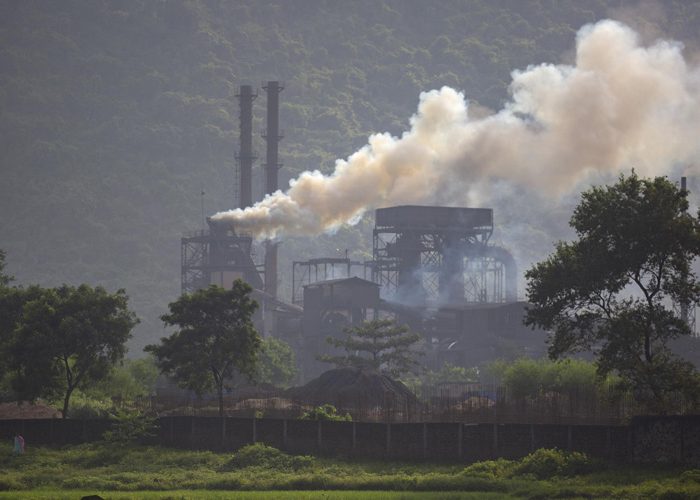
India Announces a Long-Term Plan to Achieve Its Net Zero Objective
India announced its Long-Term Low Emission Development Strategy (LT-LEDS) on Monday at the UN Climate Change Conference (COP27), outlining a comprehensive framework for reaching climate neutrality by 2070.
“We are very pleased to announce our strategy during COP27, which is the COP of implementation,” environment, forest, and climate change minister Bhupendra Yadav stated at the conference’s release program held at the India pavilion. “Our approach is based on several activities that will be performed in several critical sectors of our economy.” “Our strategy document expands on them,” he explained.
Countries made a commitment to share their long-term low greenhouse gas emission growth strategy by COP27 during COP26, which was held in Glasgow a year earlier. On Monday, India delivered the document to the UN climate secretariat.
The strategy document gathers the various policies and programmes that India has taken on and is implementing to make the transition to a low-carbon, net-zero economy. This transition is framed by a few overarching themes, such as energy security and development objectives.
It’s a good start for the move to net zero, according to experts.
“It is an essential expression of a purpose to pursue low-carbon development policies,” said Navroz Dubash, a professor at the Centre for Policy Research, a social science research organisation with offices in New Delhi.
“This is the first attempt by the government to put together in a formal statement what a transition to net zero involves,” said Srinivas Krishnaswamy, CEO of the New Delhi-based research institute Vasudha Foundation.
Prime Minister Narendra Modi’s Glasgow commitment to achieve net zero by 2070 is given credibility by this paper, he claimed. An experienced UN climate negotiator, Krishnaswamy said, “It is a clear signal to the states, business, and industry that India is sincere about its net zero objectives.”
The strategy paper does not analyse the policy measures and interventions, including the trade-offs those policies imply or the potential co-benefits they may offer, despite the environment minister’s allusion to trade-offs.
The plan adopts a sectoral approach, concentrating on seven main areas: electricity, transportation, economic and financial factors, carbon dioxide removal, industrial, urban, and forests. Policy measures that are being implemented, being finalised, or being thought about have been taken into consideration for each theme area.
However, the long-term strategy makes no reference to the major environmental problems that India faces, including air pollution, that are clearly related to the climate. The institutional framework and institutions that India will need to attempt this change are also not discussed.
The strategy proves beyond a shadow of a doubt that India’s climate action extends much beyond what it has planned for in its nationally decided contribution (NDC).
Interim targets and a trajectory are not included in the strategy. Simply increasing the population is not the goal, and Yadav predicted that India would astound the world through its actions rather than its promises.
Security of the energy supply is a major issue. India has made it clear that the emphasis will be on the wise use of domestic resources while taking proper consideration of energy security. According to LT-LEDS, it will make the move away from fossil fuels in a fair, easy, sustainable, and inclusive manner.
This initiative is supported by the green hydrogen policy and the expedited renewable energy programme. India declared its desire to become a green hydrogen hub. India intends to and has already implemented policy steps for the quick increase in green hydrogen production and capacity for the production of electrolysers. Another step in India’s transformation to a net zero economy is a threefold increase in nuclear capacity by 2032.
Low-carbon development is anticipated to be fueled by initiatives like the expanded use of biofuels, particularly the ethanol blend in gasoline, the push to boost the penetration of electric vehicles, and the use of green hydrogen fuel in the transportation sector. Another area of governmental action is a switch to public transportation for both freight and passengers.
India anticipates that the fast-moving trend in urbanization will be fueled by smart city initiatives, integrated city planning for mainstreaming adjustment and boosting energy and resource efficiency, efficient green building codes, and quick advancements in cutting-edge solid and liquid waste management. India is adamant that the economic transition should not have an impact on jobs, energy security, or access to energy.











